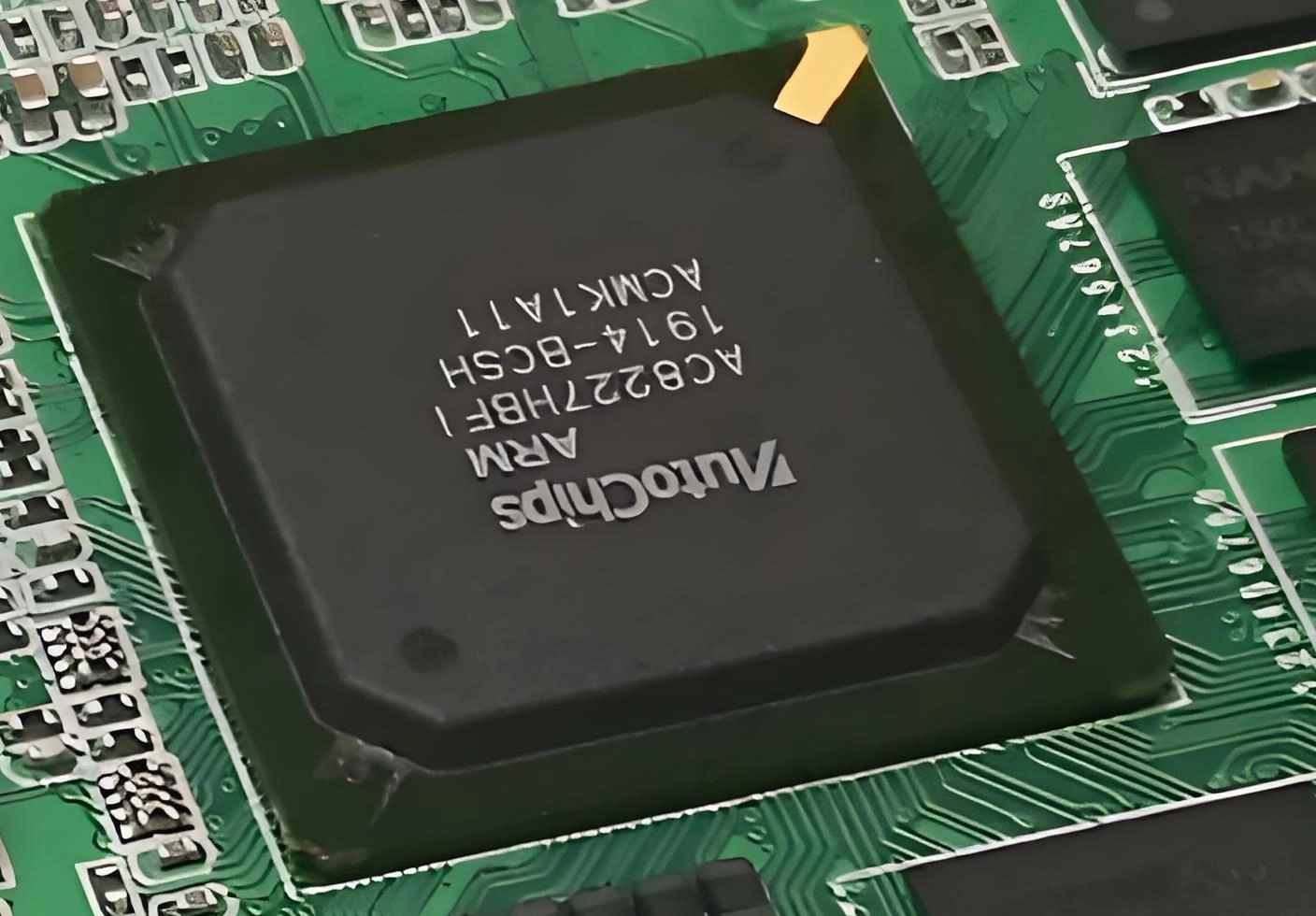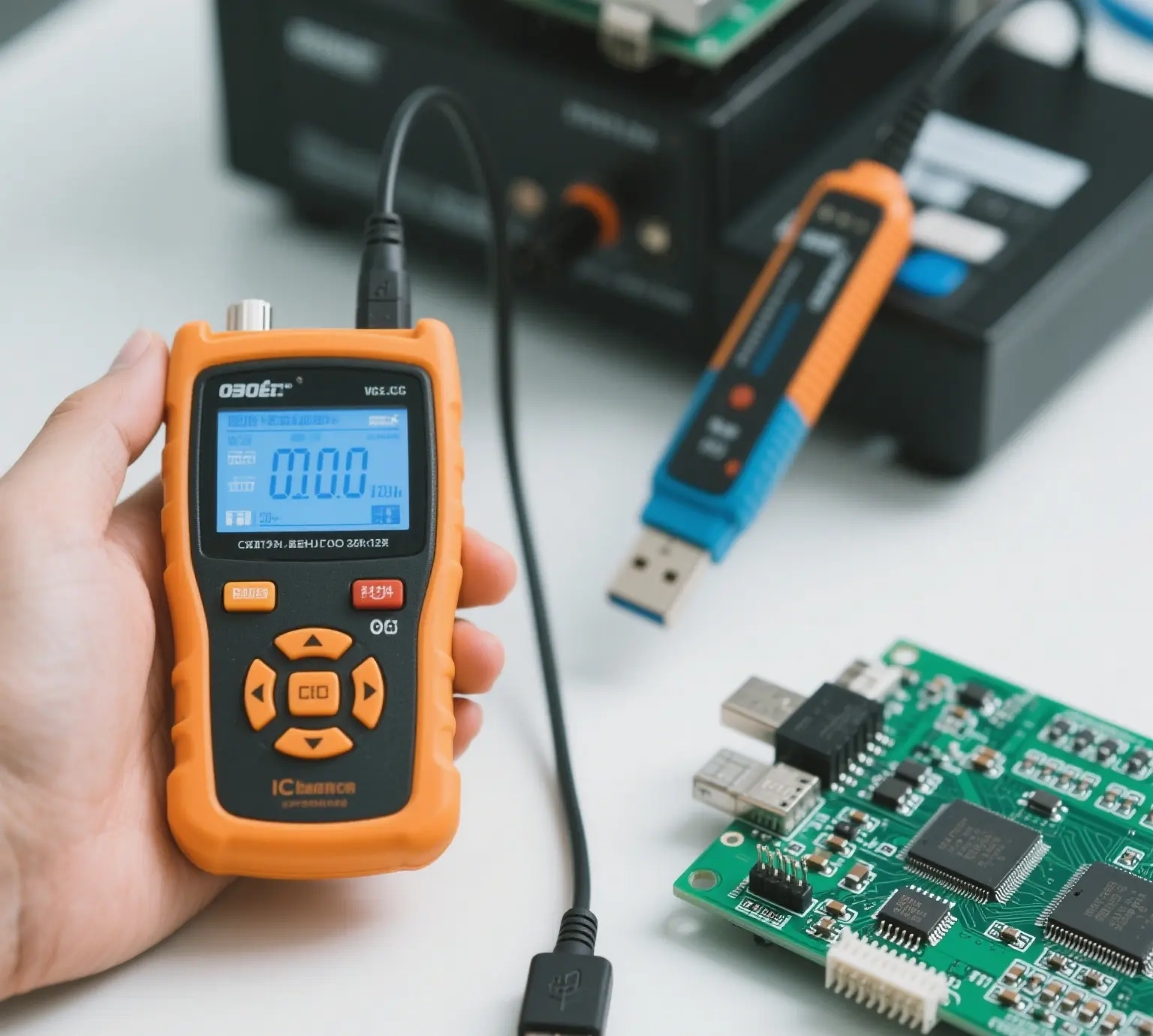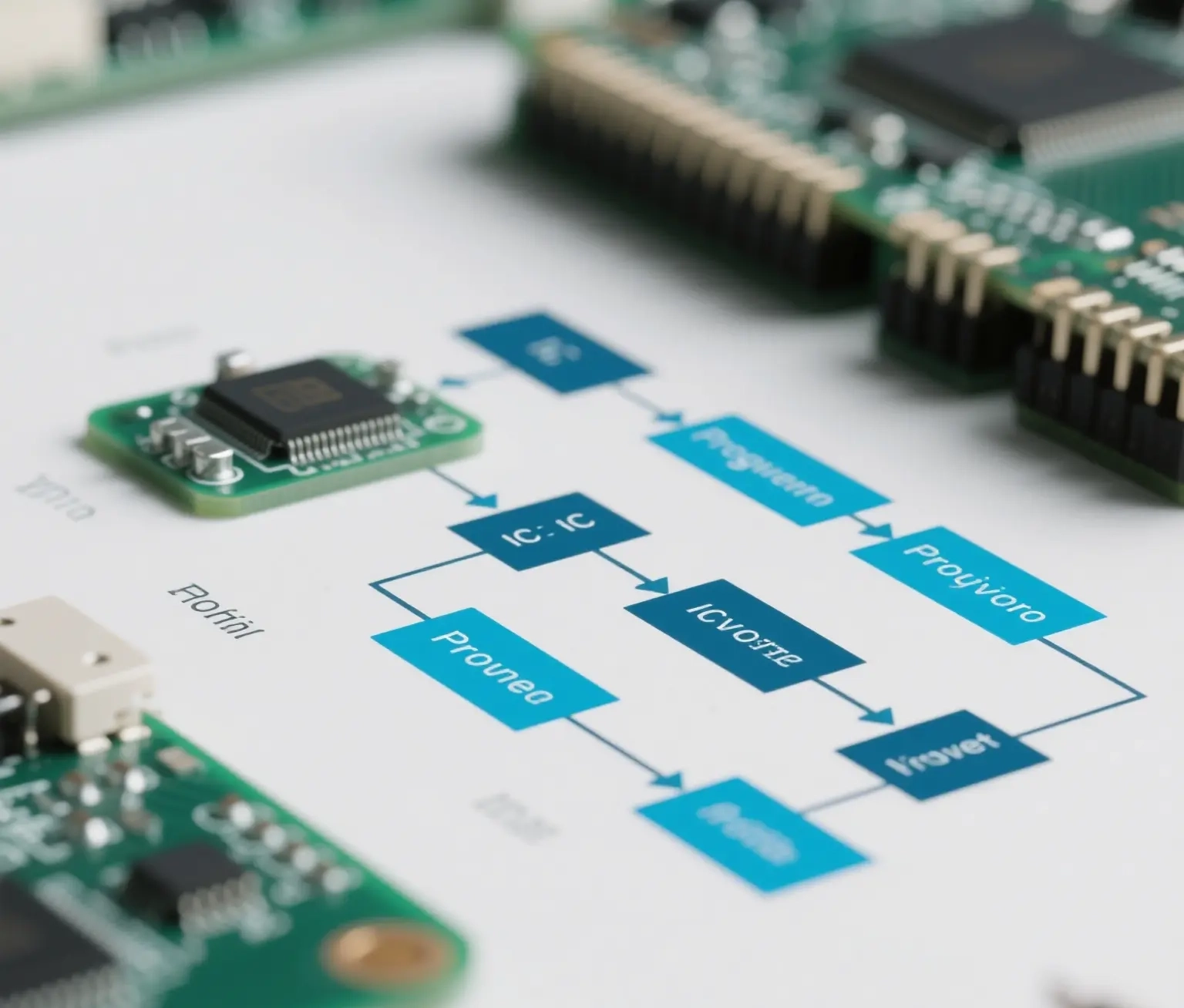IC Programming Guide
— Understanding the Basics, Tools, Methods, and Best Practices —
IC Programming is the process of loading firmware or software onto an Integrated Circuit (IC), enabling it to perform specific functions within electronic systems. It is used in everything from remote controls to advanced automotive systems and computers.
1. What is IC Programming
IC Programming involves loading specific instructions or code onto a chip to control how it behaves. This is a key step in the manufacturing and development process, especially for:
-
Microcontrollers
-
Flash memory
-
FPGAs
-
SoCs

2. Types of ICs That Require Programming
-
🖥️ Microcontrollers (MCUs): Widely used in embedded systems to handle control tasks.
-
💾 EEPROMs & Flash Memory: Require programming for data or instruction storage.
-
⚙️ FPGAs (Field-Programmable Gate Arrays): Logic configuration based on user-defined code.
-
🔌 PLDs (Programmable Logic Devices): Custom logic functions, flexible and programmable.
-
📱 SoCs (System-on-Chips): Complex ICs integrating CPU, memory, and peripherals.
3. IC Programming Methods
a. In-System Programming (ISP)
Allows programming ICs directly on the PCB using interfaces like SPI, JTAG, or I2C.
b. In-Circuit Programming (ICP)
Similar to ISP, but more suited for testing in fully assembled systems with test points.
c. On-Board Programming (OBP)
Used in automated production environments, often integrated into test equipment (ATE).
d. Device Programming (Offline)
Programming ICs before PCB assembly. Ideal for high-volume production with full verification.
4. IC Programming Tools
-
Universal Programmers: Support various IC types (EEPROM, Flash, MCU)
-
Dedicated Programmers: Optimized for specific IC brands or families
-
JTAG Programmers: Support debug and programming via JTAG
-
In-System Programmers: Used for ISP and ICP setups
-
Automated Systems: High-volume programming with robotic handling

5. Steps in the IC Programming Process
-
Select Programming Method: Based on product design and production scale.
-
Prepare the Firmware: Compile code compatible with the target IC.
-
Set Up the Interface: Connect programmer via SPI, JTAG, or UART.
-
Load Firmware: Transfer data from host to IC.
-
Verification: Ensure firmware is correctly written.
-
Functional Testing: Confirm IC operates as expected in the system.

6. Best Practices for IC Programming
✔️ Select Suitable Method: ISP for updates, OBP for mass production, etc.
🔍 Verify Data Consistency: Prevent bugs and misbehaviors.
🔐 Ensure Firmware Integrity: Use checksums, CRC, etc.
🛡️ Enable Protection: Encrypt sensitive firmware to prevent tampering.
⚡ Automate for Scale: Use OBP or automated systems for high efficiency.
7. Challenges in IC Programming
-
Compatibility Issues: Each IC may require a different setup or protocol.
-
Data Corruption: Power noise or EMI may affect firmware integrity.
-
Programming Time: Large-scale production may face bottlenecks.
-
Firmware Protection: Prevent unauthorized access or reverse engineering.
📌 Summary
IC programming is a core step in modern electronics manufacturing. Whether you’re working on prototypes or scaling production, understanding the methods, tools, and challenges will help ensure success.
